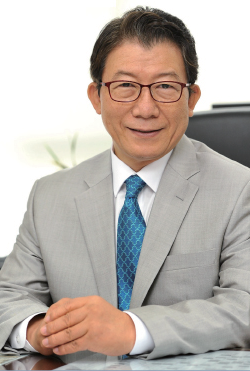

Growth planning or indicator
targeting used to be practiced
only in the socialist countries,
but this is no longer the case.
Many market-driven developing
economies are adopting the indicative
planning system in which the target
growth rates are adjusted according to
changes in the market conditions.
Indicator targeting is commonplace
almost everywhere. Inflation targeting is
a good example. Inflation targeting is a
monetary regime in which the central
bank has an explicit target inflation rate
for the medium term and announces this
inflation rate to the public. The purpose
of the central bank’s inflation targeting is
to maintain price stability by changing
the interest rates or monetary aggregates.
In the early 1990s, three countries, New
Zealand, Canada and the United
Kingdom, implemented fully-fledged
inflation targeting. Thereafter many other
countries with high inflation followed
suit.
In a similar vein, many countries
implement FDI targeting. Their government places a very high priority in attracting FDI and they believe FDI attraction is
the shortcut to high growth and fast industrialization.They offer various
attractive incentives to potential foreign
investors and set the target FDI to expedite the attraction of
foreign direct investments. They are using two indicators—
notification-based FDI (NBF) and
arrival-based FDI (ABF).
The NBF refers to the amount of
investment that the foreign investor plans
to bring to the host country. They notify
their investment plan to the relevant ministry in advance. For Korea, the relevant
ministry is the Ministry of Trade,
Industry, and Energy (MOTIE). The ABF
refers to the actual amount of investment
the foreign investor has brought in. So as
of end of the year, the two indicators do
not exactly coincide with each other.
Nevertheless, these two indicators are
equally important and the MOTIE carefully monitors the notified amount and
actual amount. Usually the actual amount
tends to fall short of the notified amount
for many reasons. First of all, the
investors do not bring in the full investment amount at once from the beginning.
They usually go through different stages
of investment, which includes acquiring
their business office and residence, making contracts for purchasing land and
constructing factories and bringing in
equipment. It takes a while for them to go
through each stage.
During the process of investment,
investors run into unexpected problems in
the host country. They can encounter difficulty in financing their investment in the
home country. Also, if investors decide
that their future market is not promising,
they will cut their investment. For these
reasons, the gap between the intended
amount and actual amount will always
exist.
However, some critics point out that
the MOTIE is too focused on attaining
notification-based FDI. They point to
international organizations such as the
UNCTAD, which publishes the FDI statistics of its member countries on the
basis of arrivals. They argue that the notification-based FDI indicator
should be dropped because it may distort the true
situation. Unfortunately, however, this
argument lacks credibility.
These critics have failed to understand
that the objective of focusing on the NBF
in Korea is much different than that of the
UNCTAD publishing ABF figures. The
Korean government needs to know the
ABF in advance for policy purposes. The
government has to secure the upper ceiling of the budget to support the foreign
investors in advance. Also with the information of the FDI target on a notification
basis, the government can project the
effects of FDI on growth, exports and
employment in advance. In contrast, the
UNCTAD’s main objective is to provide
the information of the actual amount of
FDI for member countries ex post. This
information is useful for comparing FDIs
by country.
From the standpoint of the government
of any country, it needs to monitor two
indicators all the time to make their FDI
policy successful. It is not the matter of
selecting one indicator over the other
The Foreign Investment Ombudsman and his grievance resolution body collect and analyze information concerning problems facing foreign firms, request cooperation from relevant government agencies, propose new policies investment promotion system and carry out other necessary tasks to assist foreign-invested companies in resolving their grievances.